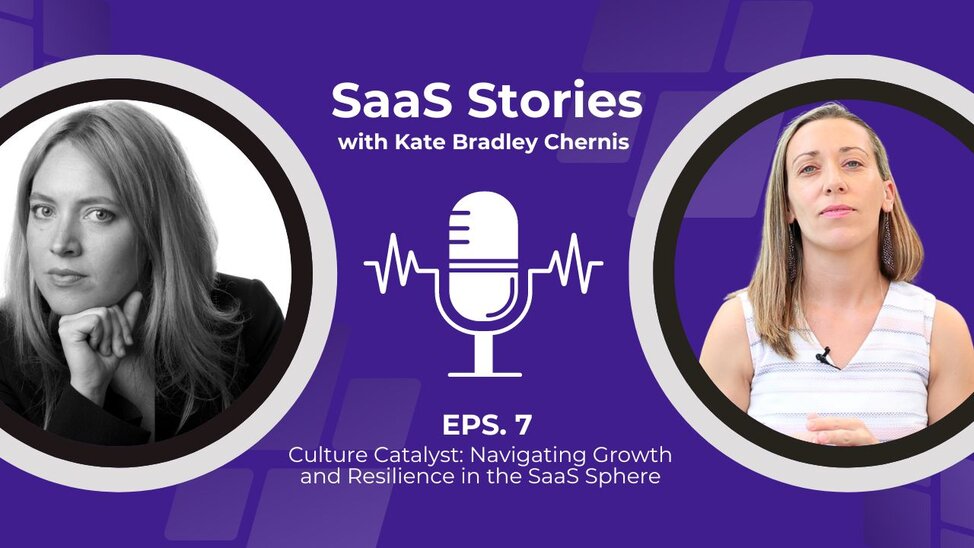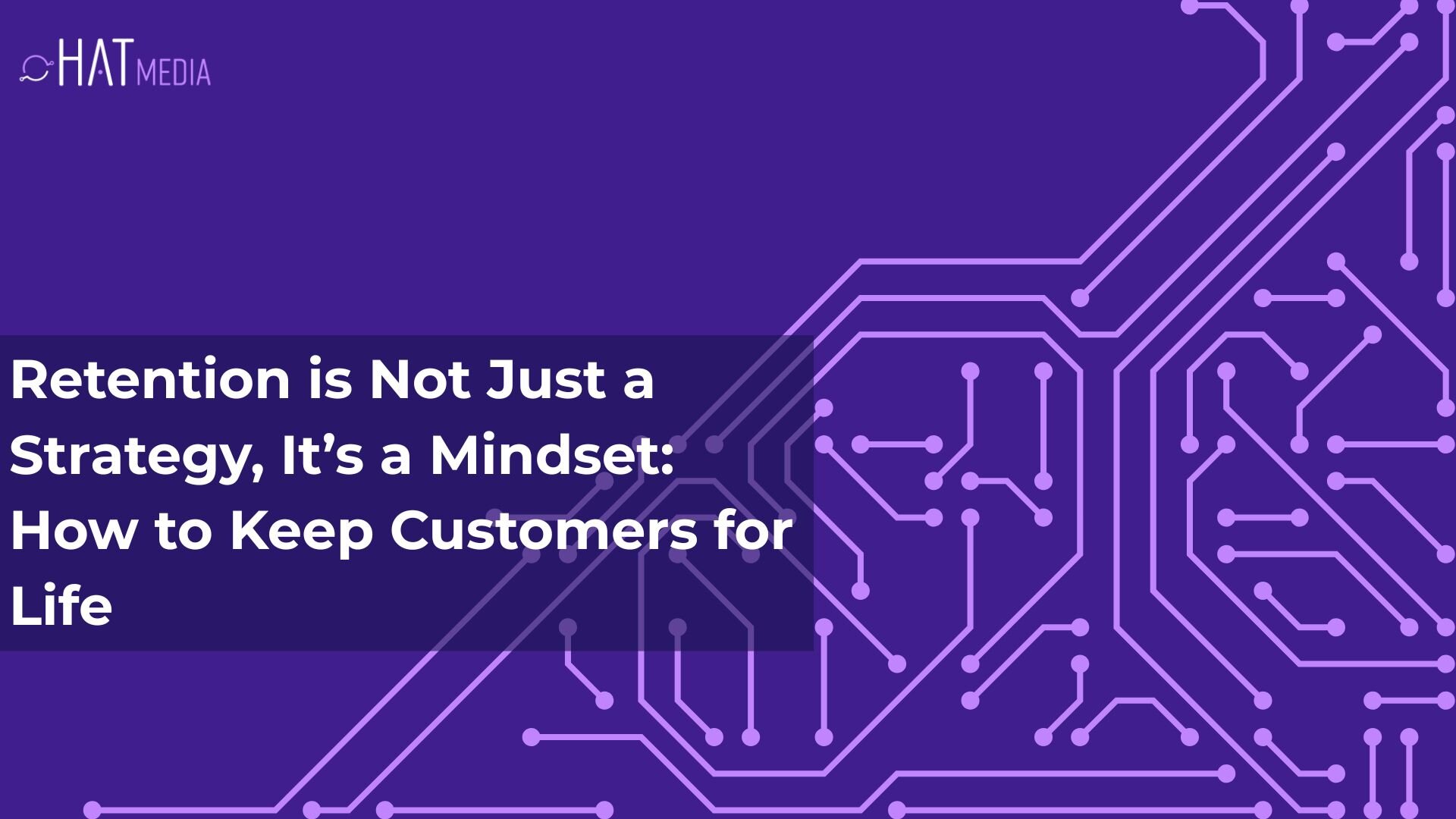Harnessing Employee Advocacy to Scale SaaS Businesses

Employee advocacy leverages company staff to promote the brand through their own social and professional networks. This not only extends the company's reach but also adds a layer of trust and authenticity that is hard to achieve through conventional marketing channels.
A recent Nielsen study supports this, revealing that 92% of consumers trust earned media, such as word-of-mouth and recommendations from friends and family, above all other forms of advertising.
In the context of SaaS companies, where products are often complex and the sales cycles longer, trust and credibility are paramount.
Employees, particularly those in customer-facing roles or those who embody the technical expertise of the product, can serve as credible advocates for the company's services.
Insights from "SaaS Stories"
Kate Bradley Chernis’s journey with Lately, as discussed on "SaaS Stories," highlights the crucial role of employee involvement in a company's narrative. She emphasises that:
"Employee advocacy isn’t just about sharing company news or products, but about empowering employees to share their own stories and experiences that reflect the brand's values and mission."
This personalised approach not only enriches the company's image but also boosts employee engagement and satisfaction. Employees who are advocates are typically more engaged and exhibit higher levels of commitment to their employer, which, according to Gallup, can lead to a 20% increase in sales and a 21% increase in productivity.
Best Practices for Implementing Employee Advocacy
- Equip and Educate: Provide employees with the tools and training they need to become effective advocates. This includes understanding the key messaging, the brand’s tone of voice, and the overall marketing strategy.
- Content Creation: Encourage and facilitate the creation of original content by employees. This could be blog posts, case studies, or social media content that showcases their insights and experiences within the industry.
- Reward and Recognise: Implement a system to reward and recognise the most active and effective employee advocates. Recognition can motivate continued participation and can take forms ranging from simple acknowledgments in team meetings to more formal rewards.
- Measure and Optimise: Like any marketing strategy, it’s crucial to measure the effectiveness of your employee advocacy programs. Use metrics such as reach, engagement, lead generation, and conversion to assess the impact and refine the approach as needed.
Future Trends
As we look to the future, the role of artificial intelligence (AI) in scaling employee advocacy programs is particularly exciting. AI can help personalise content recommendations for each employee advocate, making their efforts more targeted and effective. Moreover, advancements in predictive analytics could enable businesses to better understand which types of employee-generated content perform best, leading to more refined and effective advocacy strategies.
Employee advocacy is more than just a marketing tactic; it is a strategic approach that can humanise your brand, extend your reach, and build genuine relationships with your audience. As elucidated in the podcast "SaaS Stories," cultivating a culture that promotes and values employee advocacy can significantly amplify a company's voice and propel its growth in the competitive SaaS marketplace.


